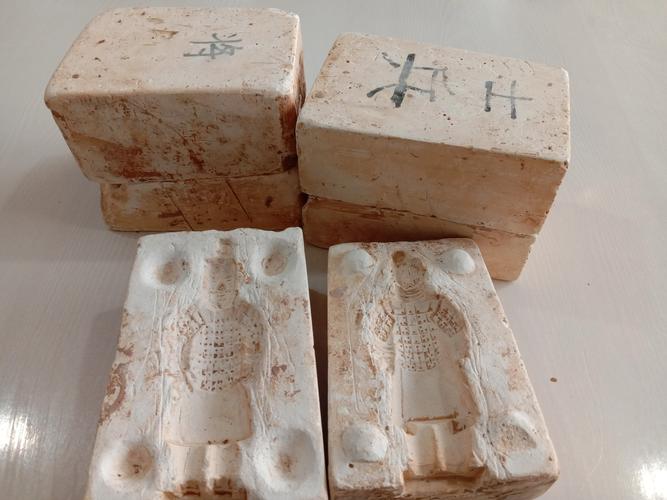
Were the Terracotta Army Made Using Molds?
The Terracotta Army, a vast collection of life-sized terracotta figures buried with Qin Shi Huang, the first Emperor of China, is a marvel of ancient craftsmanship. This army of soldiers, chariots, and horses, interred to protect the emperor in the afterlife, raises numerous questions about its creation. One common query is: Were the Terracotta Army figures made using molds?
The Use of Molds in Creating the Terracotta Army
While the sheer scale and individuality of the Terracotta Army might suggest each figure was meticulously sculpted by hand, the truth is more nuanced. Molds played a crucial role in their construction, allowing for efficient mass production without compromising on detail.
Modular Construction: A Foundation of Efficiency
The foundation of the Terracotta Army's creation lies in a modular system. Instead of sculpting each figure as a single unit, artisans devised a method of crafting individual body parts – legs, torsos, arms, and heads – using molds.
- Mold Making: Clay was pressed into molds to create the basic form of each body part. The molds themselves would have been made from durable materials like wood or terracotta, allowing for repeated use.
- Assembly: Once the clay components dried to a leather-hard state, they were assembled, much like fitting together sections of a drainpipe. This involved using a clay slip (a liquid clay mixture) as an adhesive to join the parts.
Individuality through Hand-Carving
While molds provided the basic structure, the artisans didn't stop there. The figures' individuality, a defining characteristic of the Terracotta Army, was achieved through meticulous hand-carving.
- Surface Details: Once assembled, each figure's torso received layers of clay. Artisans then intricately carved the clay surface to depict armor plates, clothing folds, belts, and other fine details.
- Unique Faces: The heads of the soldiers exhibit the greatest degree of individuality. While the general shape of the head was likely mold-made, facial features – eyes, noses, mouths, hairstyles, and expressions – were individually sculpted, giving each soldier a distinct persona.
A Blend of Efficiency and Artistry
The use of molds in crafting the Terracotta Army was a testament to the ingenuity of the Qin dynasty artisans. This method allowed for efficient mass production, essential for creating an army of thousands. However, the artisans didn't sacrifice artistry for efficiency. The meticulous hand-carving and attention to detail breathed life into each figure, transforming them from mere replicas into a powerful display of individual warriors.
Q&A
1. Were all parts of the Terracotta Army figures made using molds?
While the majority of the figures' construction relied on molds, the facial features and fine details of armor and clothing were meticulously hand-carved, adding individuality.
2. What materials were the molds made from?
The molds used to create the Terracotta Army were likely made from durable materials like wood or fired terracotta, allowing for repeated use.
3. Why did the Qin dynasty artisans use molds to create the Terracotta Army?
The use of molds enabled efficient mass production, a necessity for creating an army of thousands. This method allowed artisans to focus their time and skill on hand-carving details that brought each figure to life.